River Basin Management Plan: Public Consultation Underway
-
The River Basin Management Plans (RBMPs) 2022-27 subject to public consultation
The River Basin Management Plans (RBMPs) are currently being revised in the European Union, according to the schedule set by the European Framework Directive. The new management plans will then come into force from 2022 to 2027, which will be the 3rd cycle of their implementation as provided for by the WFD.
From March 1st to September 1st, each SDAGE (French name for RBMPs) is submitted to public consultation in each river basin (see below for the French Basin).
Find the consultation that concerns you in metropolitan France
>> SDAGE Rhin-Meuse
>> SDAGE Adour Garonne
>> SDAGE Rhône-Méditerranée
>> SDAGE Corse
>> SDAGE Artois-Picardie
>> SDAGE Seine-Normandie
-
Assessment underway by the Living Rivers Europe coalition
Several member associations of the Living Rivers in Europe (LRE) coalition, including ERN, are jointly carrying out an analysis of the quality and relevance of the management plans being developed in different countries of the European Union, to highlight possible weaknesses based on common indicators. These indicators aim at translating the identification of the stakes and problems and the ambition of the management plans and programs of measures for all the topics related to water management: drought and flood management, protection and restoration of aquatic environments, agriculture and non-point pollution, etc.
A report presenting the results of the assessment for all the analyzed basins will be published in June 2021, followed by an update report later for the Member States whose revision of management plans is delayed.
Objectives:
– Make recommendations to the European Commission, to inform its future management plan assessments and enforcement work.
– Support NGOs in their advocacy for more ambitious and relevant management plans.
-Provide additional visibility to management plans.
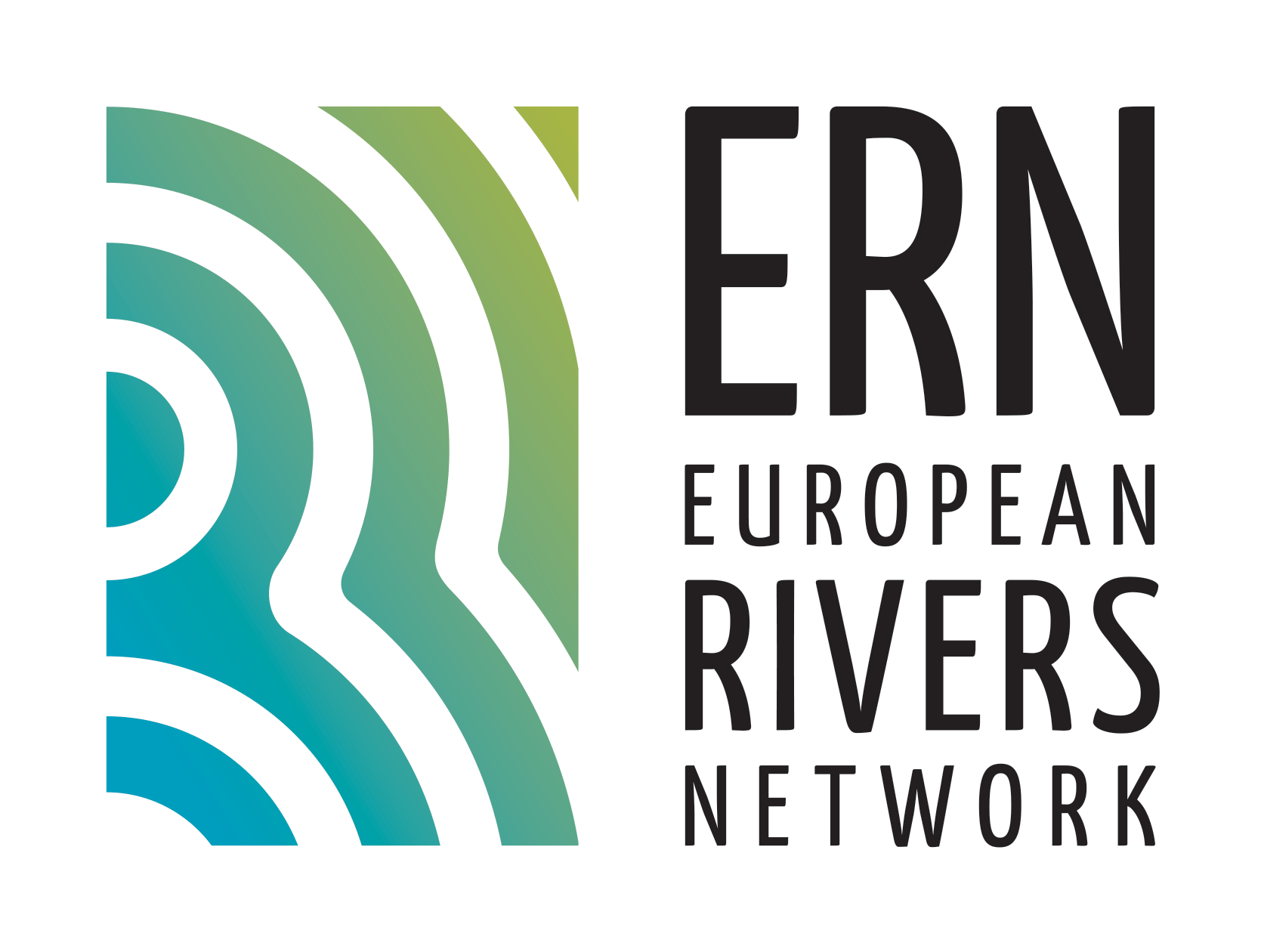

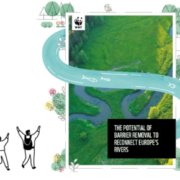

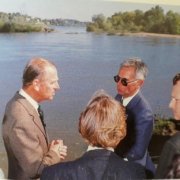
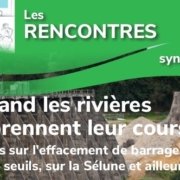
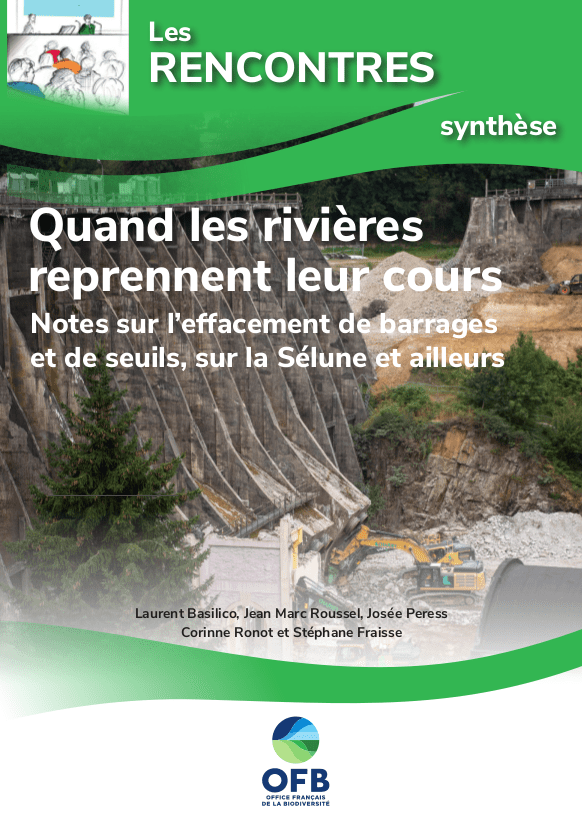

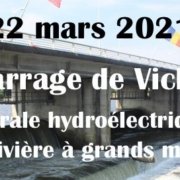
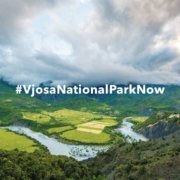
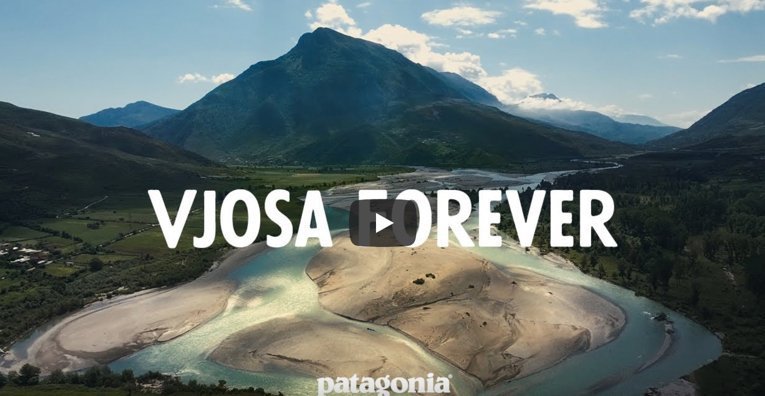
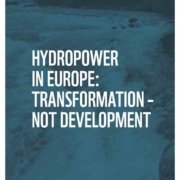
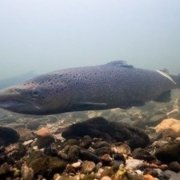

 ERN France
ERN France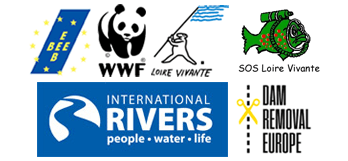 ERN is the official WWF Freshwater Partner in France and cooperates with WWF Switzerland, Austria, Netherlands and others
ERN is the official WWF Freshwater Partner in France and cooperates with WWF Switzerland, Austria, Netherlands and others